Plan your visit for the early morning and allocate at least three hours. The Red Square became Moscow’s most famous sight, which blends history and daily life. Behind the square’s recognizable facades, you’ll compare the original structure of Saint Basil’s domes and the Kremlin towers with the modern bustle nearby. Its heritage informs every corner, from the cobblestones to the banners that mark national holidays. Three hours are needed for a relaxed pace.
The lenine mausoleum stands at the center of Red Square and its body is embalmed for public display. This lenine site attracts crowds, yet you can time your visit to avoid peak hours. For a more contemplative experience, visit just after the morning rush or after lunch. The display serves a historical purpose, linking to the era when the president influenced the city’s image.
Saint Basil’s Cathedral and the Kremlin walls define the square’s silhouette. The monuments around tell different stories: religious heritage, tsarist architecture, and Soviet-era additions. Plan a loop that includes the red-brick structure near the Kremlin and the nearby famous cathedrals, so you can compare original styles with later restorations. This area remains a living center of Moscow life, with museums and arcades that show how the square evolved.
Check the official hours for each site and respect security rules at the square. For the best experience, combine a walk across Red Square with a paid tour of the Kremlin unless you’re planning to visit only outside areas. Most museums nearby list morning sessions, with some closing by 6 PM. If you want a good photo, shoot between 8:00 and 10:00 when the light touches the red stones. In the present, families, students, and travelers enjoy nearby museums, arcades, and markets that run seasonally.
Over the centuries, Red Square has changed, yet its purpose remains clear: to show Moscow’s story to locals and visitors alike. Today the space preserves a living heritage, where you can step behind the scenes at adjacent sights and compare the actual stones with polished photographs. It remains a hub that connects the city’s past with its present and invites you to discover a different angle on Russia’s urban heritage.
Practical guide for exploring Red Square today
Arrive before 9:00 to beat the crowds and start your exploration with a calm stroll along the Gates that frame Red Square this morning.
Plan a loop that covers the square’s visual anchors: the colorful domes of Saint Basil’s, the pale façades of the State Historical Museum, and the sheer presence of the Kremlin walls. This original mix of buildings offers contrasts that millions of visitors seek; you can shoot from several angles and still have space to breathe.
Whether you arrive for a dawn glow or a late afternoon light, use the display boards at each corner to orient yourself; you will see tiny signs in English and Russian, and you can switch translation when needed.
Ticketing and gates: If you want interior access or special exhibitions, you must book a ticket online in advance; otherwise you can enjoy the square’s exterior freely. The gates around the Kremlin zone stay busy, with staff guiding lines and security checks. Throughout the day, kiosks offer snacks and water.
Beyond tourism, the space hosts locals and visitors alike; citizens arent loud when the space is shared respectfully. A slow stroll reveals past banners and displays, without rushing toward the next show.
Practical tips for pacing and photo spots: If the weather gets worse, seek shade under the arcades. Pick a vantage near the northeast corner for a sheer view of the domes, and move tens of meters along the square to escape crowding. The display of historic façades can be captured from several meters away; tiny gaps between people create ideal frames. Also carry water, sunscreen, and a light bag; during hot days the heat can be terrible.
Translation tips: keep a note in your phone with simple Russian phrases; this helps you ask for directions near Saint Basil’s and the GUM store; locals love history and your curiosity may unlock more display opportunities.
Best visiting times for lighting, crowds, and safety considerations
Plan the first light window: 05:30–07:30 in summer, 08:00–10:00 in winter, to enter with near-zero queues and to see the white squares glow against the red architecture. The fire-like dawn creates warm tones on the buildings and highlights the design details that define russias iconic square. Check local sunrise times and weather, then lock in your window for photography and strolls.
For crowds, aim for those early or late windows, when social tours are thinner. On weekdays before 11:00 you’ll find lighter groups; weekends bring parades or other events that fill the space and even cross streets with barriers. Look beyond the main approaches to frame both the massive squares and the inside corners of the surrounding buildings; water reflections from the canal nearby add depth to shots. Inside the square, you’ll see the same architecture from different angles, which helps you tell a more complete story.
Original history aside, plan around design and safety. Iberian motifs in some decorative details remind visitors that European design vibes flow into the area, adding texture to the overall look. On event days, a gospel choir may perform near the gates, which can change crowds quickly. For context, public space history includes references to the putins era shaping public spaces, which some guides discuss. For access, enter through official gates only, and be mindful of crowds crossing at marked crossings. Women travelers should stay with companions in busy zones and keep valuables secured.
Practical tips: carry a light bag, avoid large backpacks near security, and check the official calendar for parade times. When the event comes, routes can cross over and become restricted, so follow guards and posted signs. If you want to shoot the entire ensemble of buildings, plan the long exposure from the Alexander Garden side, where water features and fountains create reflections that enhance contrast and texture. You’ll really look beyond the obvious to capture both the grand scale and the intricate details of the original design.
| Time window | Lighting / look | Crowd level | Safety tips |
|---|---|---|---|
| Early morning (summer 05:30–07:30) | Soft, warm light; white squares glow; water reflections | Low; near-zero queues at gates | Enter via main gates; security checks lighter |
| Late afternoon (summer 16:30–19:00) | Golden hour; long shadows on architecture | Moderate crowds | Stay in well-lit zones; watch for cyclists and vendors |
| Midday (10:00–15:00) | Bright, even light; strong contrasts | Heavy crowds; guided tours | Keep valuables secure; follow staff |
| Event/Parade days (varies) | Dynamic lighting; subject to closures | High to very high crowds | Check official schedule; obey crossed barriers |
Must-see monuments in a 60-minute circuit: Lenin’s Mausoleum, St. Basil’s Cathedral, and GUM
-
Begin at Lenin’s Mausoleum at 9:00 am to lock in time, minimize the line, and set a brisk pace for the 60-minute circuit. This main, monumental building fronts Red Square and houses Lenin’s body as a powerful reminder of history and the state’s political-military memory. There’s a brief security check that keeps the line moving, and the exterior presents a strong sight that many visitors remember long after they leave. The façade presents a clear story of power, making this stop a true first impression of the square.
- Distance to St. Basil’s Cathedral: about 0.3 kilometer.
- What to notice: imposing columns, granite façades, bronze plaques near entrances.
- Tip: wear comfortable shoes; there’s a short outdoor line, then a quick exit back to the square.
-
St. Basil’s Cathedral – A 0.3 kilometer stroll across Red Square brings you to the cathedral’s iconic towers and colorful domes, a sight and the main symbol of Moscow’s culture. The exterior is a monumental, almost cinematic composition that often appears in movies and photos, while the interior offers a brief glimpse into historical rituals. Access to the interior can be limited by crowds, so plan a 10–15 minute interior moment or simply enjoy the exterior and the surrounding views.
- Walk time to GUM: about 0.2 kilometer; allocate about 15 minutes for quick exploration and photos.
- What to observe: the jewel-tone domes, intricate tile work, and the sense of soul that pervades the space.
- Tip: if you’re pressed for time, prioritize exterior shots and the adjacent square’s atmosphere.
-
GUM – End the circuit at the GUM arcade, a historic state gallery turned modern shopping hall with a long central axis and a glass roof that floods the space with light. The main hall is an imposing reminder of Moscow’s culture and commerce, where you can grab a quick coffee, browse brands, or simply observe the flow of visitors on parades-like footpaths that cross the corridor. The distance from St. Basil’s is about 0.2 kilometer, making a compact, efficient finish to the route.
- Inside, you’ll find a blend of museums-like displays and contemporary retail space suitable for anyone curious about architecture and consumer history.
- Tip: target the central hall for a couple of striking photos and a sense of space that feels monumental.
- Photo-friendly note: the dome and arches provide classic shots for holiday posts or travel clips for the movies.
theres a steady rhythm to this circuit: move second by second, observe the main monuments, and before you know it you’ve covered a compact loop that feels like a living museum. marco offers a practical reminder: arrive early, keep the pace comfortable, and use the public transport system to connect between areas if needed. This route highlights historical layers, political-military symbolism, and cultural events that shape Moscow’s soul, making your visit a true cultural event rather than a simple stop.
How to reach Red Square: metro stops, walking routes, and accessibility
Take the Metro to Okhotny Ryad for the fastest access to красная площадь. Exit toward Nikolskaya Street and enter the square within minutes; this is a full, direct route into Moscow’s heart.
Other metro options include Teatralnaya or Ploshchad Revolyutsii, each a short walk from Red Square (about 5–10 minutes). From Teatralnaya you can follow the pedestrian route through Alexander Garden to enter the square; the path is well maintained.
Accessibility: main exits provide level entry for visitors with limited mobility; however, cobblestones around the square can be uneven. If you need assistance, head to the information desk in Okhotny Ryad or Teatralnaya; staff will help you plan a smoother path, which makes the visit more comfortable for everyone.
On arrival, the sight speaks for itself: the square remains a touchstone of Moscow’s history, and the capital’s story is written in stone and banners. It was celebrated in many years under the government of the USSR, and today the area still hosts events that fill the space with crowds. The statue near the Kremlin and the surrounding architecture offer a tangible link to the city’s past, which is known to locals and visitors alike. If you arrive early or stay late, the atmosphere shifts and the entire plaza feels ready to tell its story again.
Practical tips: arrive early to beat the crowds; carry water, wear comfortable shoes, and check the weather. The area is still filled with activity, and lovers and women often choose viewpoints along Nikolskaya Street for photos. marco, a local photographer, can be found capturing candid moments around enter points and near the gates. The route via Okhotny Ryad keeps you under cover in bad weather and into the square without detours, while Teatralnaya offers a scenic walk through the green space of Alexander Garden–a pleasant option even on a cool day.
Photography rules and best viewpoints: angles, crowds, and etiquette
Arrive just before sunrise, around 6:30–7:00 a.m., to beat the queues and shoot in soft light. From the northeast corner, you can frame the Kremlin stronghold and Spasskaya Tower, with the river glinting in the distance. Keep 20–25 meters back for a clean wide view that also includes beautifully colored domes. These angles turned the square into a dramatic canvas.
Originally a marketplace, the site красная площадь sits in the capital, located in the heart of Moscow, as locals told me. The bolsheviks era left traces in public memory, and today the square hosts ceremonies watched by everyone. The Kremlin walls form a strong backdrop; the president resides in the Kremlin vicinity, and official lines sometimes shape where you can stand. Also, these elements influence how you photograph the square, which attracts both locals who live nearby and visitors.
Etiquette and crowds: check signage for photography rules, avoid blocking passages, and respect ropes and barriers. The squares fill with visitors, so queue up and wait your turn; do not cut in line; separate your group from the main flow to minimize disruption. If a festival or party is in progress, keep your equipment compact and avoid obstructing sightlines. Queues form near ticket counters on weekends. These courtesy rules apply to everyone on the site.
Gear tips and timing: a versatile zoom 24–70mm or 24–105mm works well; use a sturdy tripod when permitted, especially for twilight. For broad scenes, set ISO 100–200, f/8, 1/125s; for close-ups of domes, switch to f/4–5.6, ISO 400, 1/250s. Bracket three shots for HDR; shoot RAW; check the official site for restrictions on drones and tripods. The zero-degree mornings can yield crisp air and long silhouettes; in summer, aim for late afternoon gold. The site is often crowded, so position yourself 1–2 meters behind the edge of the pavement and photograph in separate passes to avoid blocking others; something unique in each frame will elevate your shots, and everyone will leave with a memorable image.
Beyond the square: Kremlin, adjacent museums, and dining options nearby
Book a guided Kremlin tour that includes the Armory Chamber and the Diamond Fund to access treasures housed in this pivotal complex above the centre of Moscow. The Armory’s halls, with their centuries of regalia and the Diamond Fund’s incredible gems, show how the Tsars lived and ruled. Tickets grant access to separate sections inside the fortress.
Adjacent museums extend the experience: the State Historical Museum sits right on Red Square, affiliated with the moscows affiliated network of Kremlin Museums. It traces a vast story from medieval beginnings to the empire’s last years, filled with artifacts that reveal how power, craft, and daily life intertwined.
Unlike most city centres, these structures line the Kremlin wall along the center axis and form a cluster of landmarks. The Senate Palace and the cathedrals create a coherent show of history; there, you can compare the house that once sheltered rulers with towers and bell structures that marked time for centuries.
For lovers of architecture, the walk along the walls reveals a vast, incredible structure that began as a fortress and grew into a ceremonial space. Which part you visit first depends on your interests; you can start with the Kremlin walls and then move to the adjacent museums to shape your own route.
After the museums, head to the GUM arcade for quick bites or stroll Nikolskaya Street for cafés with a view of the square; soon you’ll find a mix of Russian comfort food and modern options. These dining spots let you rest without losing the atmosphere of the centre.
Tip: buy tickets online for top sites, check opening days in advance, and consider a 3–4 hour window to combine Armory, Cathedral Square, and a couple of galleries. If you visit on a Monday, expect fewer crowds but some museums may be closed; plan a Sunday to see both Kremlin grounds and adjacent collections.

 Learn Russian – Essential Guide to Alphabet, Grammar, and Vocabulary">
Learn Russian – Essential Guide to Alphabet, Grammar, and Vocabulary">
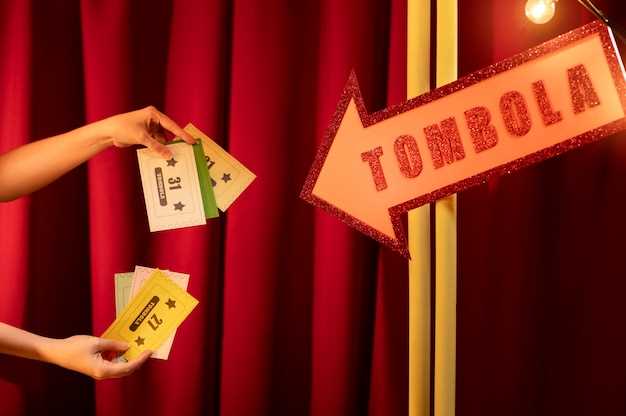 Tretyakov Gallery Ticket Prices and Opening Hours in 2025">
Tretyakov Gallery Ticket Prices and Opening Hours in 2025">
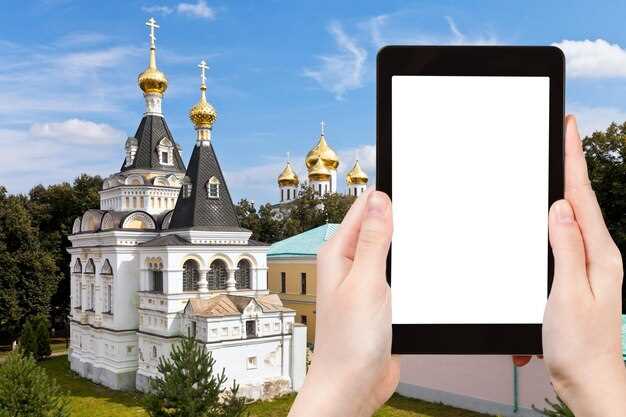 St. Petersburg Cathedrals – Tickets & Schedules | Visiting Guide">
St. Petersburg Cathedrals – Tickets & Schedules | Visiting Guide">
 10 Traditional Moscow Dishes You Must Try">
10 Traditional Moscow Dishes You Must Try">
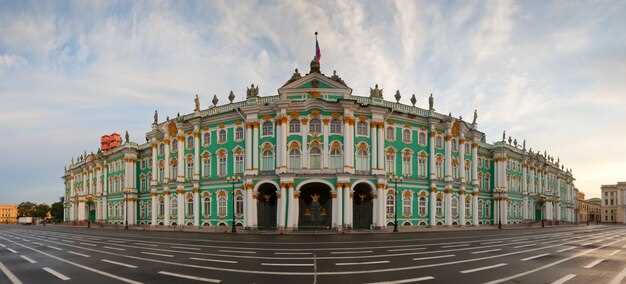 Open-Air Museum Monuments of Moscow – Discover Historic Outdoor Exhibits">
Open-Air Museum Monuments of Moscow – Discover Historic Outdoor Exhibits">
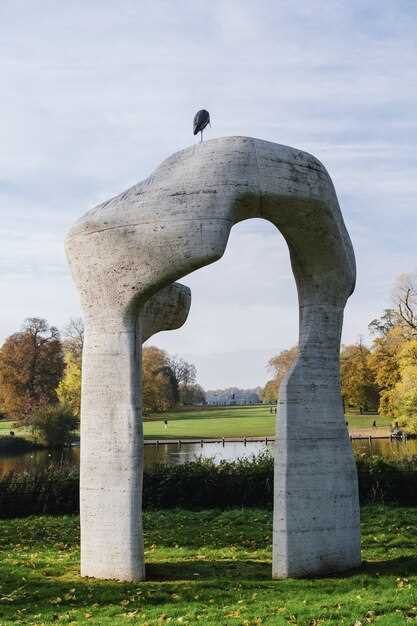 Lenin’s Mausoleum – History, Architecture, and Symbolic Legacy">
Lenin’s Mausoleum – History, Architecture, and Symbolic Legacy">
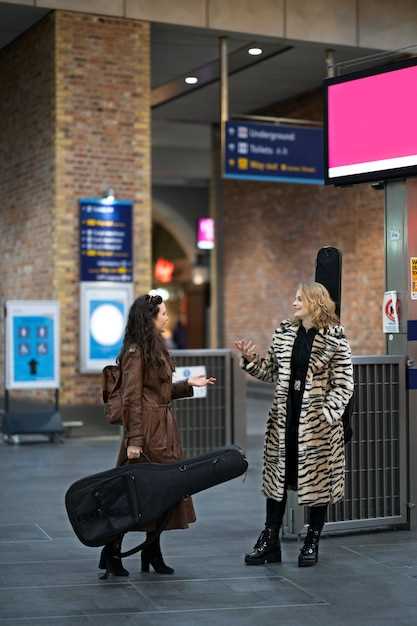 Moscow Sheremetyevo SVO Airport Guide – Flights, Terminals & Transport">
Moscow Sheremetyevo SVO Airport Guide – Flights, Terminals & Transport">
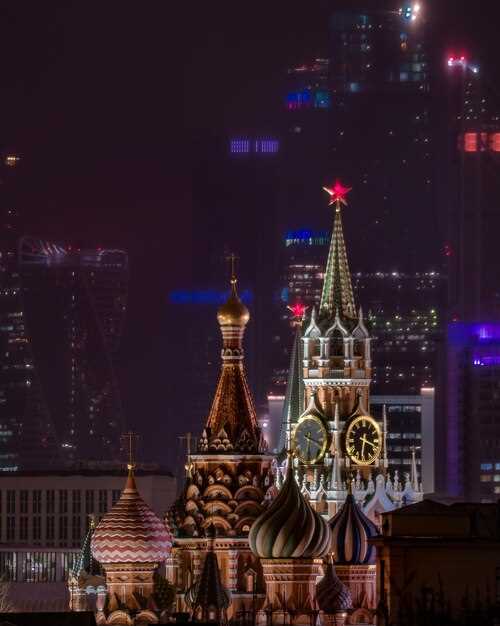 Moscow Attractions Opening Hours 2025 – Plan Your Visit">
Moscow Attractions Opening Hours 2025 – Plan Your Visit">
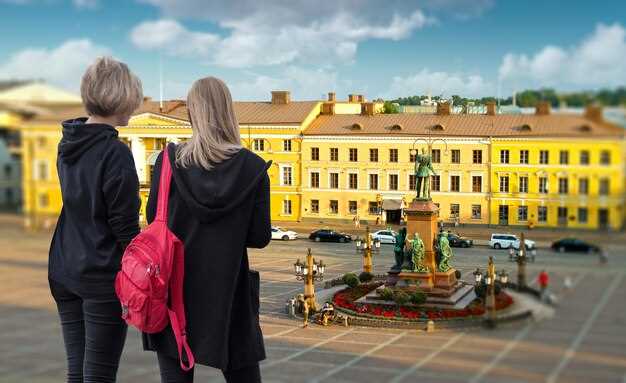 Visiting Tsarskoe Selo and Pushkin – A Practical Guide to Catherine Palace and Sights">
Visiting Tsarskoe Selo and Pushkin – A Practical Guide to Catherine Palace and Sights">
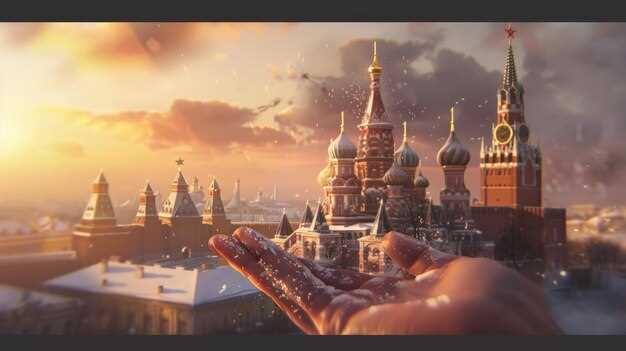 History of Moscow – Past, Present, and Future of the Russian City">
History of Moscow – Past, Present, and Future of the Russian City">